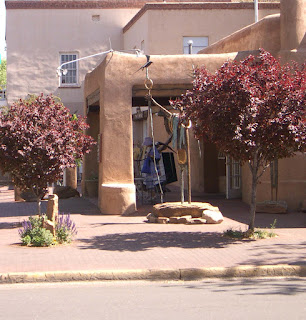Not sure if your story is a picture book or a story for a magazine? Author Christine Kohler has an excellent article, “Is Your Story a Picture Book or Short Story for a ‘Zine?,” regarding this topic on the Institute of Children’s Literature newsletter. She touches on the number of pictures that should be “implied in the text” for a picture book. “Magazine articles require fewer illustrations,” she writes.
In a picture book, she continues, “a story is … told as a sequence of illustrated scenes.” Short stories in magazines, “… do not depend upon the illustrations for clarification.” Read Kohler’s entire article to figure out where your story fits.
 |
| School Visit |
Elizabeth Bluemle posted a great article, “Standout MG and YA Covers This Month,” plus pictures of book covers on the Publishers Weekly Shelftalker blog. Take a look.
“The longer you put off getting serious about writing, the longer you put off success. Procrastination is a writer’s biggest enemy.” — Barbara Seuling





